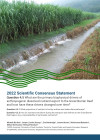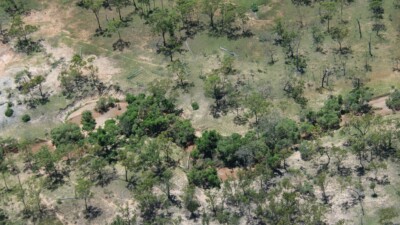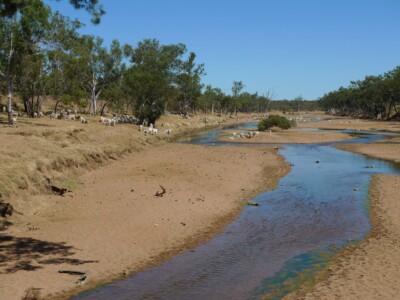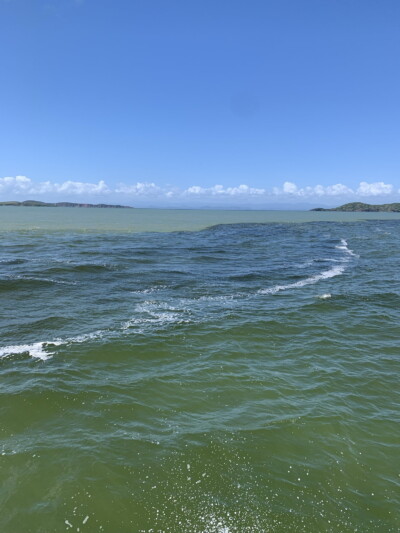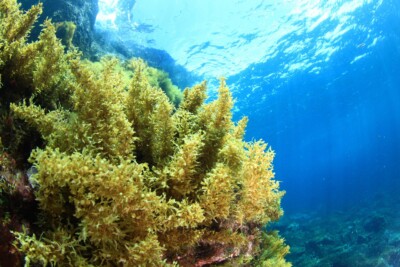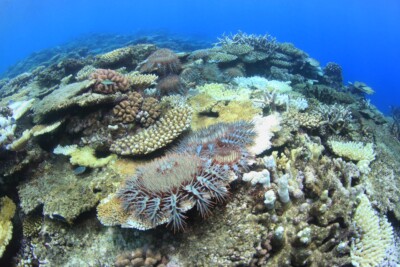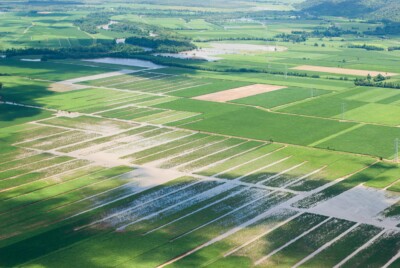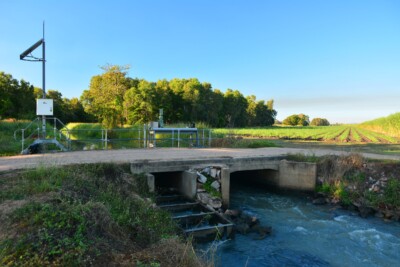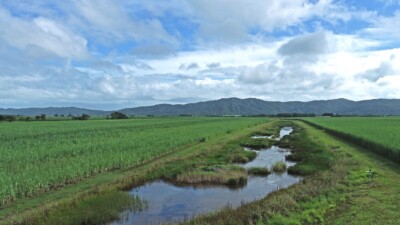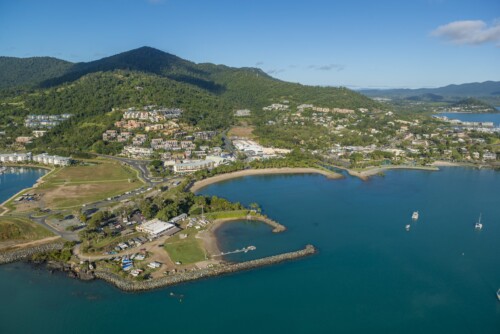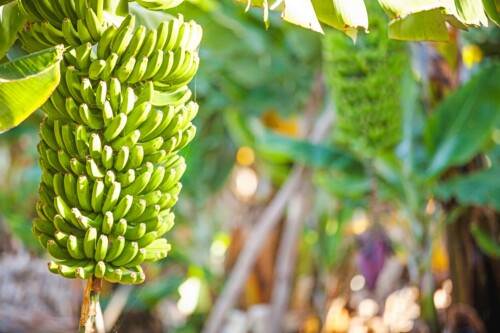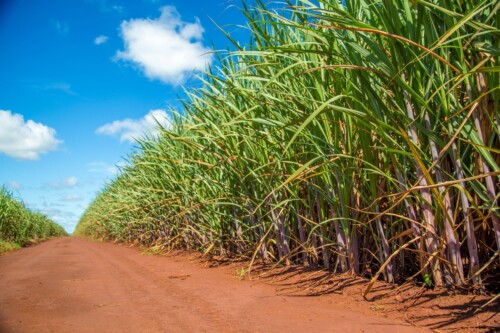Dissolved nutrients

What are the primary biophysical drivers of anthropogenic dissolved nutrient export to the Great Barrier Reef and how have these drivers changed over time? [Q4.5]
What proportion of nutrient is lost by surface and subsurface pathways? [Q4.5.1]
How do nutrients transform during the transport and delivery to the Great Barrier Reef lagoon (e.g., bioavailability of particulate nutrients)? [Q4.5.2]
Authors: Michele Burford1, Jianyin (Leslie) Huang1,2, Zoe Bainbridge3, Joanne Burton4, Mohammad Bahadori4, Gillian McCloskey4, Michael Newham4
Affiliations: 1Griffith University, 2University of South Australia, 3Centre for Tropical Water and Aquatic Ecosystem Research (TropWATER), James Cook University, 4Department of Environment, Science and Innovation
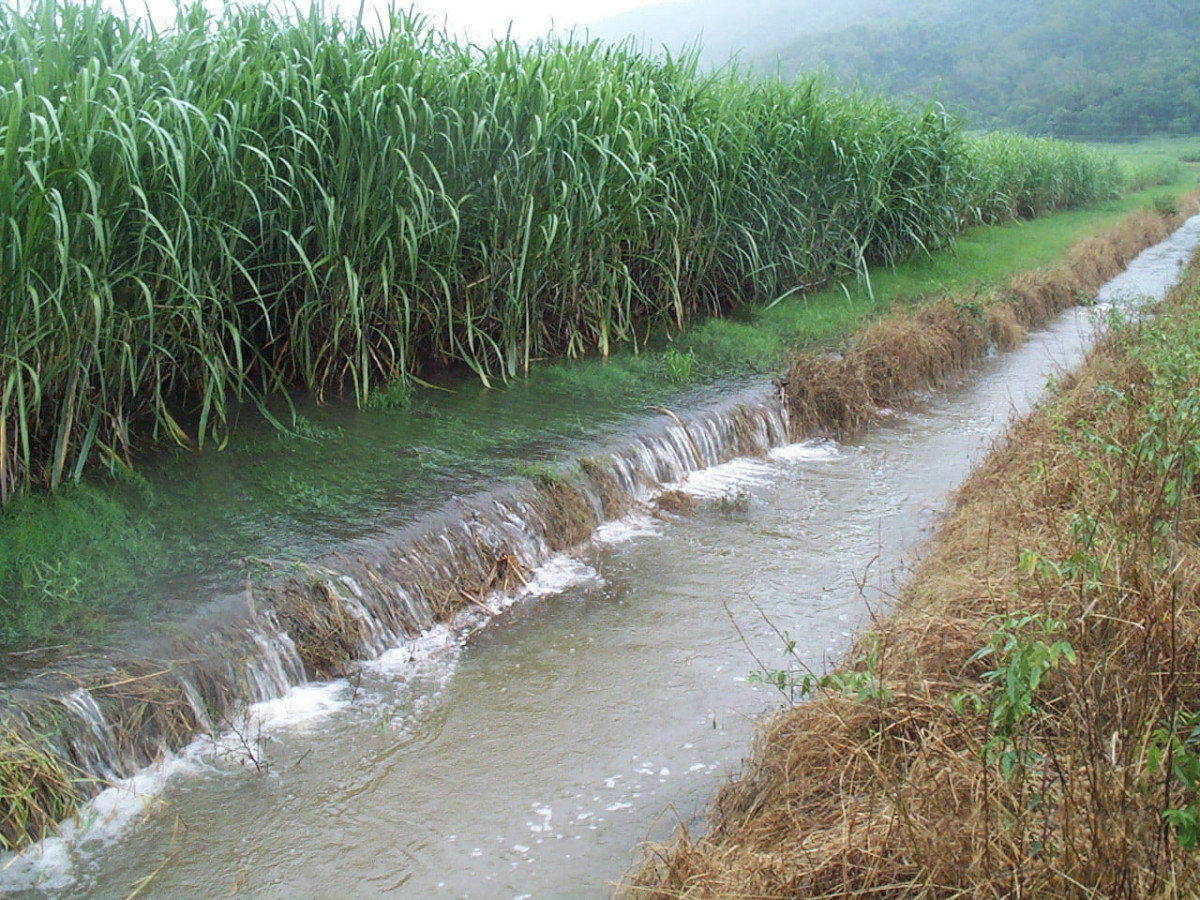
Evidence Statement
The synthesis of the evidence for Question 4.5 was based on 52 studies undertaken in the Great Barrier Reef and published between 1990 and 2022. The synthesis includes a High diversity of study types (58% observational, 25% reviews, 12% modelling and 5% mixed/other), and has a Moderate confidence rating (based on Moderate consistency and Moderate overall relevance of studies).
Summary of findings relevant to policy or management action
Consistent with knowledge of freshwater systems globally, anthropogenic dissolved nutrients generated in the Great Barrier Reef catchment area from multiple land uses, including agricultural and urban areas, are transported to waterways by surface and subsurface runoff. Rainfall (and associated surface and subsurface runoff) is one of the most important natural biophysical drivers of the mobilisation of soluble nutrients within the Great Barrier Reef catchment area. Anthropogenic biophysical drivers include fertiliser application, altered catchment hydrology leading to changed (typically shorter) water residence time in rivers and reduced interaction of surface and subsurface runoff with floodplains and erosion. The drivers are interlinked and thus, management actions should consider those drivers simultaneously. During river transport, nutrients can be transformed by a range of processes such as denitrification, desorption of nutrients from soil particles, plant uptake and burial. Notwithstanding this, the majority of nutrient loads are delivered from the source to the Great Barrier Reef, potentially putting pressure on receiving ecosystems. However, to fully understand the implications, improved quantification of nutrient transformation pathways, processes and the assimilative capacity of rivers is needed.
Supporting points
- Nutrients are delivered from land-based sources in the Great Barrier Reef catchment area to rivers by two primary mechanisms: surface and subsurface runoff. Most studies assessing the export pathways have focused on agricultural areas, with the highest number of studies looking at sugarcane in the Wet Tropics basins.
- Rainfall and subsequent runoff events can lead to substantial increase in nitrogen loads (in dissolved and particulate form) in Great Barrier Reef. Highly variable flow regimes range from extended periods of low rainfall, through to extreme rainfall events causing extensive flooding. This spatial and temporal variation leads to high levels of uncertainty in generalising about nutrient loads, forms and their transformations.
- Subsurface inputs of nutrients to freshwater systems (such as via groundwater movement) are increasingly being recognised as important sources of nutrient delivery to the Great Barrier Reef, but in the few studies reviewed, the contribution of subsurface inputs relative to inputs from surface runoff was highly variable. Deep drainage was a larger export pathway than surface runoff from many of the sugarcane and banana sites in the Wet Tropics basins, Burdekin Delta and Bundaberg. Studies have shown potentially high nitrogen loadings to groundwater and have inferred a significant contribution of subsurface nitrogen to dissolved inorganic nitrogen loads in streams. However, there is limited quantification of the spatial and temporal contribution of groundwater in the context of the total nitrogen budget of basins.
- The proportion of nutrients exported by surface and subsurface pathways has not been quantified but can be affected by many factors such as soil type, land uses and management, vegetative ground cover, rainfall, fertiliser application and irrigation practices.
- Increased rates of fertiliser application, increased cultivation area, low efficiency irrigation systems and heavy rainfall can lead to increased nutrient export, especially nitrogen, in surface runoff, deep drainage and groundwater.
- In several studies undertaken in the Wet Tropics and Mackay Whitsunday Natural Resource Management regions, matching nitrogen supply to crop nitrogen requirements, better application methods (subsurface application or different fertiliser forms) and the timing of rainfall and/or irrigation contributed to reduced nitrogen export in runoff while maintaining similar crop yields.
- Increased residence time in rivers during periods of low flow can allow for further in-stream processes which transform, store or remove nutrients, e.g., denitrification in sediments, uptake by aquatic plants and sediment storage in the rivers. However, the relative importance of different processes for nutrient export requires further study.
- Floodplains typically act as a sink for sediment and nutrients (both particulate and dissolved) and therefore effective management of floodplains is important for reducing nutrient (and sediment) loads at the end-of-catchments.
- Microbial mineralisation and chemical processes in freshwaters have been shown to make nitrogen more bioavailable, particularly conversion of particulate nitrogen to dissolved inorganic nitrogen. Bioavailability depends on sediment characteristics such as soil type, land use and sediment source (surface or subsurface). The few studies investigating these processes have been conducted in the Burdekin and Wet Tropics regions, and very little research into nutrient transformation has been conducted in other regions, including the source of land-based dissolved inorganic nitrogen from the Fitzroy region.
- Studies showed that reservoirs in the Great Barrier Reef catchment area are responsible for significant trapping and transformation of nutrients, particularly phosphorus, due to their increased water residence time. Remineralisation processes within reservoirs typically increase the proportion of bioavailable nutrients which has the potential to promote algal growth both within reservoirs and impact rivers downstream. These findings support those of other studies globally.
- More studies focus on nitrogen compared to phosphorus. This is, in part, because nitrogen is generally considered the major limiting nutrient in marine waters, both globally and in the Great Barrier Reef. Additionally, phosphorus is typically strongly bound to soils. However, it is possible that phosphorus can limit primary productivity in rivers and the Great Barrier Reef at times and at certain locations. As a result, phosphorus transformation processes should not be ignored and the impact of anthropogenic phosphorus discharges to rivers/streams should be determined.
